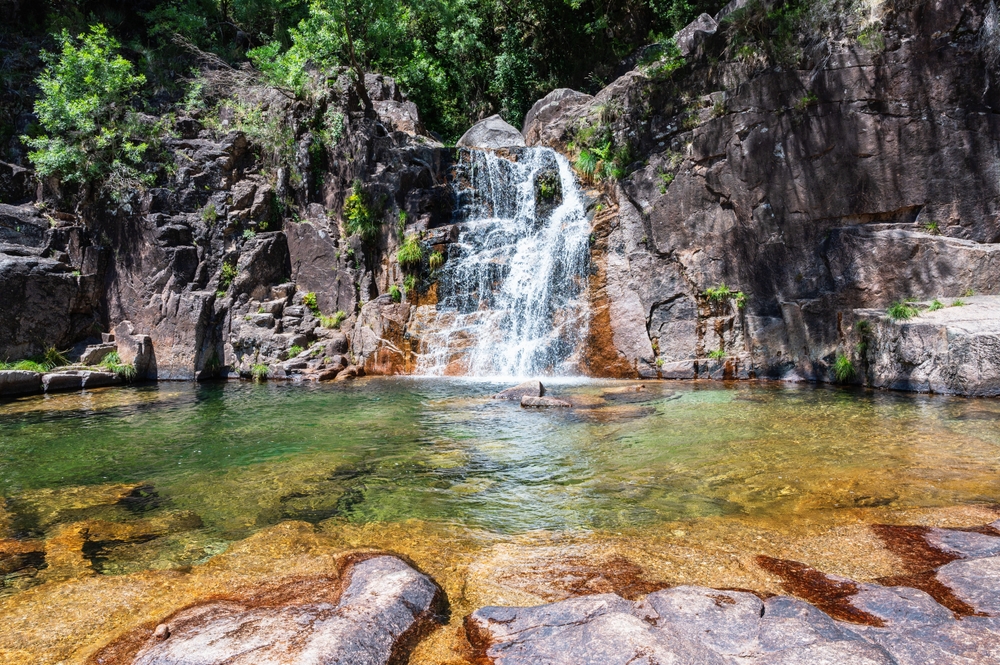Portugal, a country rich in natural and cultural heritage, is home to 13 national parks that showcase its stunning ecological diversity. These parks are spread across the mainland and its autonomous regions, including the Azores and Madeira islands, and offer a variety of landscapes, from rugged mountains to coastal ecosystems. Portugal’s national parks are vital for preserving the country’s unique biodiversity, with habitats ranging from Mediterranean woodlands to volcanic calderas and marine environments.
One of the most celebrated parks is Peneda-Gerês National Park, Portugal’s only national park officially designated as such. Located in the northern Minho region, Peneda-Gerês is a mosaic of mountains, valleys, and rivers, home to rare wildlife such as the Iberian wolf, golden eagle, and wild Garrano horses. Ancient Roman roads and stone villages add to the park’s allure, blending cultural and natural heritage seamlessly. Visitors flock to its trails, waterfalls, and picturesque viewpoints, making it a premier destination for hikers and nature enthusiasts.
Apart from the one national park in Portugal, the country features a few other nature parks and escapes into the nature found throughout the country. Below gives you some insights into the other potential nature encounters separate from the national park.
Arrábida Natural Park, near Lisbon, stands out for its dramatic coastal cliffs and turquoise waters. Though not officially a national park, its ecological importance is profound, with diverse marine life and Mediterranean vegetation. It is known for its breathtaking beaches and limestone hills that rise steeply from the Atlantic, offering spectacular vistas. Conservation efforts here focus on balancing tourism and habitat preservation, especially for its marine biodiversity.
The Madeira Natural Park, on the island of Madeira, encompasses the iconic Laurisilva forest, a UNESCO World Heritage Site. This ancient subtropical forest is a living relic of the Tertiary period and provides a sanctuary for endemic species such as the Madeira firecrest and the rare Trocaz pigeon. Visitors enjoy its lush hiking trails, which lead to cascading waterfalls and panoramic views of Madeira’s volcanic landscapes.
In the Azores, Lagoa do Fogo on São Miguel Island captivates visitors with its pristine crater lake surrounded by lush endemic vegetation. The park protects a fragile ecosystem that includes geothermal activity, unique birdlife, and vibrant flora, making it a top eco-tourism site.
Portugal faces conservation challenges, including pressures from urbanization, deforestation, and climate change, which threaten its natural ecosystems. However, the country has made significant strides in sustainable tourism and habitat restoration. For instance, the rewilding of species such as the Iberian lynx in protected areas is a notable success. Additionally, community-led conservation programs within parks like Peneda-Gerês demonstrate how local involvement can enhance biodiversity protection.
These parks not only preserve Portugal’s natural beauty but also serve as vital centers for education and recreation. They reflect a commitment to safeguarding the nation’s ecological heritage while providing opportunities for visitors to connect with its diverse landscapes.











































































